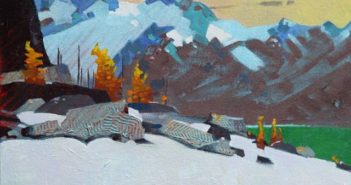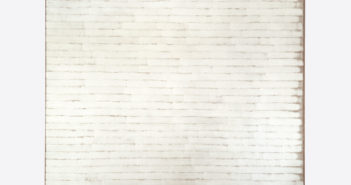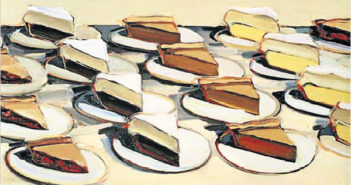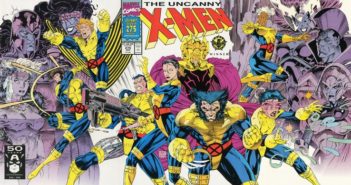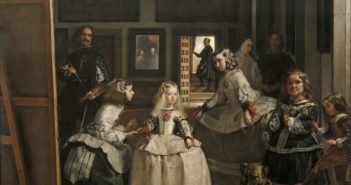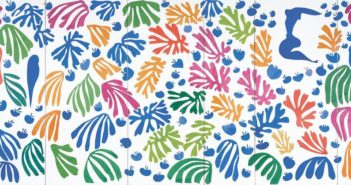
Price floors and ceilings
You don’t need an economics degree to understand the pricing strategies of art galleries. One of my former dealers — no longer in the business — noticed that a very high percentage of gallery visitors just came in and went out. Painting sales were so infrequent he had to do something about it. Thinking price was the problem, he introduced a lot of cheaper items into the gallery — ceramics, souvenirs, knick knacks. The number of sales rose but total dollar values declined. The few “anxious wallets” who did come in simply satisfied their need with less expensive items. This situation is called “Collapsing Floor Syndrome.”


